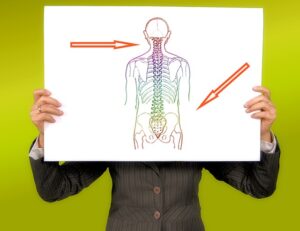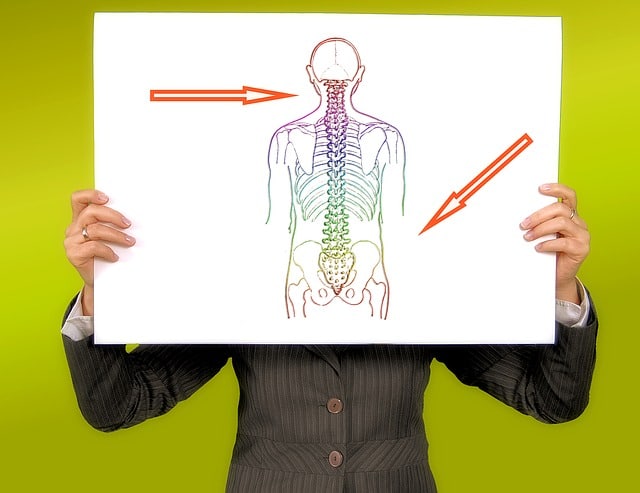If you’ve had issues with your spinal discs you understand how excruciating the pain can be. If you haven’t, keep it that way!
Since we deal with cervical disc herniations all the time at Texas Neurosurgery, here’s some information behind disc herniations and disk degeneration.
What are spinal discs?

People hear the term “slipped disc” all the time, but there isn’t really much room for the discs to move. They are firmly embedded between the vertebrae and are held in place by the ligaments connecting the spinal bones and the surrounding sheaths of muscle.
Sometimes you also hear the discs described as the shock absorbers for the spine, but this gives them the characteristic of being more soft and pliable than they really are. They are only soft in children when they are gel. By the time a person becomes an adult, the blood supply to the discs has stopped and the soft inner material is hardening. By middle age, the discs are tough and non-malleable, similar to a circle of hard rubber.
This is where the trouble comes in because as the discs become harder the protective lining becomes weaker and the discs are more prone to injury.
Herniated discs
You don’t want a disc to “herniate.” This happens when the disc’s inner material swells and pushes through the outer membrane. Or the disc can become distorted and bulge in spots. The inner core then protrudes and can press against surrounding nerves. If this happens and you keep pushing things the membrane can rupture or tear, allowing the inner disc material to push out further causing extreme pain. This is a herniated disc.
This happens predominantly in the lower back, rarely occurring in the upper spine. Sometimes, the herniated disc doesn’t press on the nerves and the person won’t feel pain. Herniated discs are most common between the ages of 30 and 50. Because their discs no longer have fluid cores, older people are much less likely to have a herniated disc.
What causes a herniated disc?
Herniated discs can result from a violent injury, but more often they are a result of normal aging combined with everyday activities such as lifting a heavy object the wrong way or over-extending in a sport. Sudden moves, such as falling on an icy sidewalk or missing a step on a stair, can also herniate a disc.
Can you prevent them?
Regular, moderate exercise can prevent many of the issues that cause a herniated disc. Anything that strengthens the muscles that support the spine helps. Flexibility is also a plus. People who are more sedentary are more likely to have disc problems. Carrying excess weight also puts more stress on the spine, making disc herniation more likely.
Are your suffering from back pain? Call us at Texas Neurosurgery, 214-823-2052 — we deal with lumbar disc herniation all the time and can help ease your pain.


